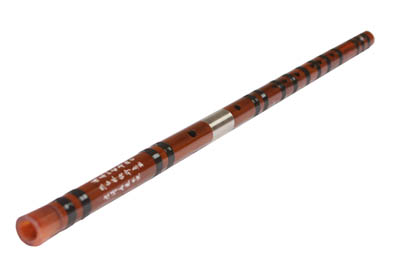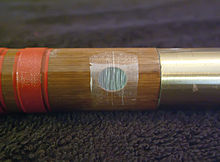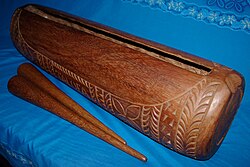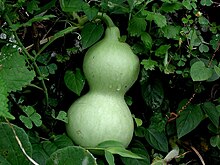 Unlike other weeks, we will be staying put in China to look
at my favorite Chinese instrument, the HuLuShi. The name of hulusi comes from Mandarin Chinese where
"hulu" means gourd from the calabash fruit. It is also called
"Bottle Gourd Silk "because of its soft and graceful sound as shaking
silk. The Hulu has many different types of meanings such as good fortune,
blessing, longevity and prosperity. It is also said to have the ability to
improve one’s health and wealth. Since it is hard to find a similar magic
instrument which can really produce “sounds of nature”, the Dai tribe men often
used it as an instrument to express their love to women.
Unlike other weeks, we will be staying put in China to look
at my favorite Chinese instrument, the HuLuShi. The name of hulusi comes from Mandarin Chinese where
"hulu" means gourd from the calabash fruit. It is also called
"Bottle Gourd Silk "because of its soft and graceful sound as shaking
silk. The Hulu has many different types of meanings such as good fortune,
blessing, longevity and prosperity. It is also said to have the ability to
improve one’s health and wealth. Since it is hard to find a similar magic
instrument which can really produce “sounds of nature”, the Dai tribe men often
used it as an instrument to express their love to women.
As accustomed to many of the instruments that we've gone
through so far, there's a backstory to all of this. It all started when a
beautiful young girl’s life was threatened by a surging flood. A young man, her
"lover", saved her by holding a big bottle gourd and rushed through
the waves. His stromg love and compassion to the girl touched the Buddha, who
inserted bamboo pipes into a gourd and gave it to the brave man. Holding up the
gold bottle gourd, the man played heartfelt music. All of a sudden, the flood retreated and the
area flourished with flowers and wildlife. From that point on, lovers flourished
in the areas wherever the HuLuShi has been played.
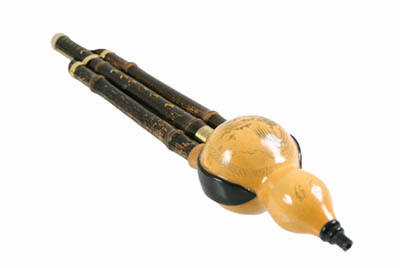 The instrument is primarily made out of bamboo and the dried
version of a calabash or often called a bottom gourd. Three bamboo sticks are
attached to the gourd where two serve as drone pipes. One purpose of the bottom
gourd is to be a piece of artwork that tells a story of the individuals
personal life.
The instrument is primarily made out of bamboo and the dried
version of a calabash or often called a bottom gourd. Three bamboo sticks are
attached to the gourd where two serve as drone pipes. One purpose of the bottom
gourd is to be a piece of artwork that tells a story of the individuals
personal life.
The sound of the HuLuShi is definitely a unique one. The
drone pipes make the instrument have a sound complemented with the Chinese
Clarinet known as the xiao. It can be compared to the bagpipes played in
Ireland and Scotland because of the unique nature of the drone pipes. The
sounds that are produced from this instrument could be said to sound like birds
singing. Most of the time, if not always, the HuLuShi music represents cheer
and celebration. The other instruments such as the Chinese Bamboo Flute, the
zither, and the xiao are instruments that have a greater emotional and tone
range as opposed to the HuLuShi.
Below is a video that I’ve found that
basically sums up the cheerful sound that the HuLuShi makes.
Personally, as a player and performer of the HuLuShi for
about 6 years, I’ve always liked this instrument for its sound. It always
brought my spirit up when I heard its bright and cheerful sound. When I first
started playing the instrument I found it to be rather difficult. I was always
accustomed to playing the Bamboo Flute where the mouth was made to a specific
shape that made the sounds. Adjusting my playing structure and breathing took a
while to get used to, but I would still definitely choose this instrument out
of the many that I have played over the years.
